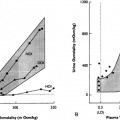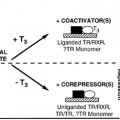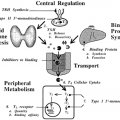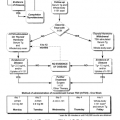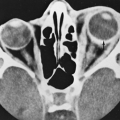THERAPEUTIC USEFULNESS OF LUTEINIZING HORMONE–RELEASING HORMONE
GnRH and its agonist analogs are important in the treatment of GnRH deficiency states, including menstrual and fertility disorders in women (see Chap. 96 and Chap. 97) and hypothalamic causes of hypogonadism in men, such as Kallmann syndrome (see Chap. 115). However, GnRH infusion tests rarely give diagnostic information beyond that obtainable by measuring basal gonadotropin and gonadal steroid levels.
PULSATILE VERSUS CONTINUOUS ADMINISTRATION30
Gonadotropin secretion does not follow the GnRH input signal exactly, particularly when GnRH is administered in a nonphysiologic pattern. Soon after GnRH became available for experimental use, researchers noted that continuous administration of this hormone (e.g., by constant intravenous infusion) did not lead to constant LH output but rather to a biphasic pattern of increase, implying that two pools of releasable hormone existed.31 After the maximal response, a decline was seen in LH responsiveness that could not be explained by gonadal inhibitory feedback.32 Pulsatile administration of GnRH was observed to cause persistent pulsatile secretion of LH, whereas continuous GnRH infusion caused a desensitization of pituitary responsiveness.33 Continuous high-dose administration of GnRH over several days leads to almost complete failure of the ability of the pituitary to respond to GnRH secreted endogenously, yielding an experimentally induced hypogonadotropic hypogonadal state.34
Stay updated, free articles. Join our Telegram channel

Full access? Get Clinical Tree


